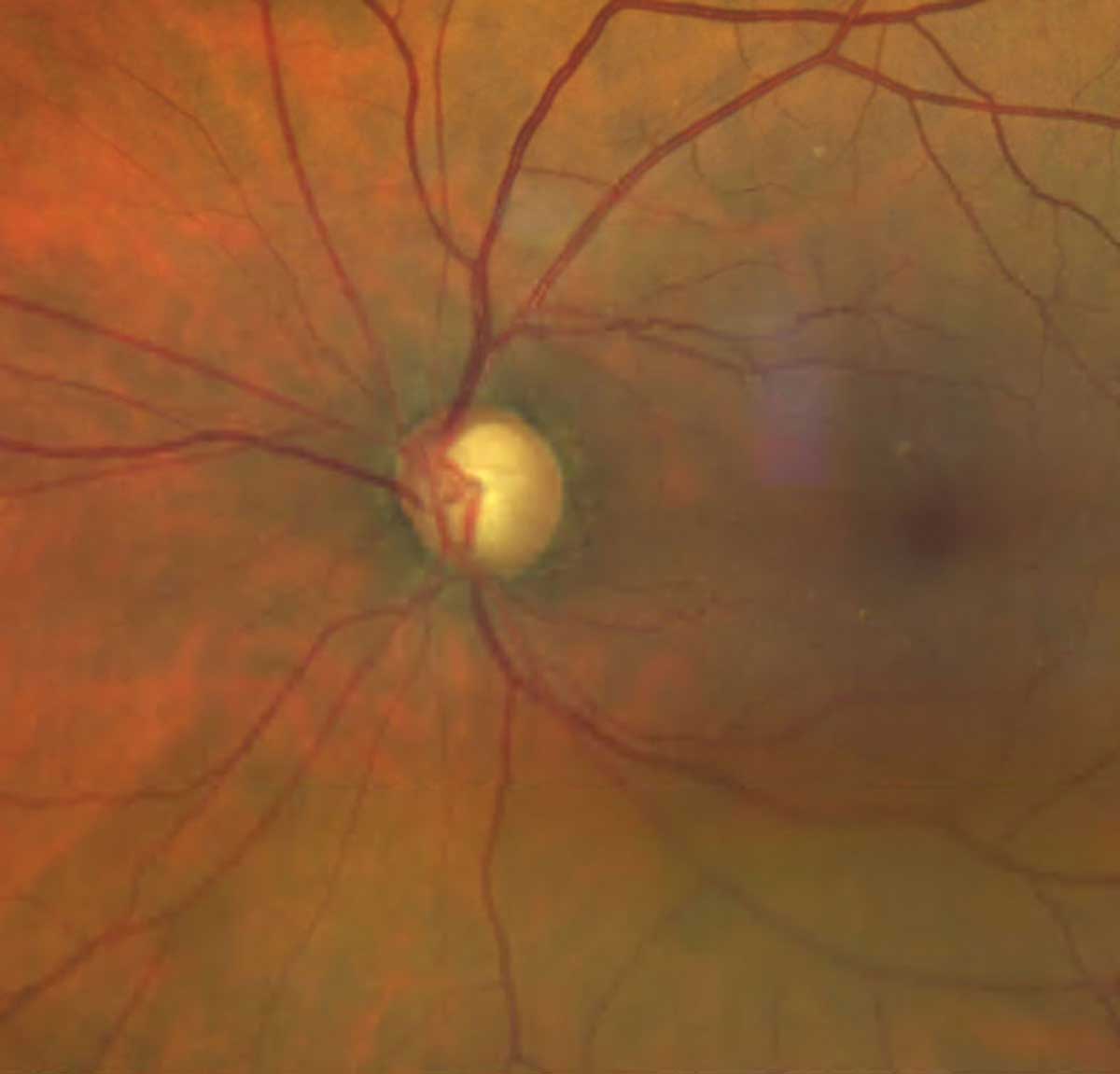 |
The first two years after POAG diagnosis are the most crucial for regular follow-up to help avoid negative visual outcomes. Photo: Bisant A. Labib, OD. Click image to enlarge. |
Glaucoma is one of the leading causes of irreversible blindness worldwide, with primary open-angle glaucoma (POAG) being the predominant subtype. While researchers based in Germany recently found that risk of severe vision impairment and blindness was low in patients with this type of glaucoma, they noted that the risk was highest in the first two years after POAG diagnosis and significantly lower after the fifth year. Incident eye diseases that were analyzed as risk factors for progression include secondary glaucoma, retinal vascular occlusion (RVO) and age-related macular degeneration (AMD).
The study evaluated data from 3,535 patients aged 55 and older with POAG and followed them for up to 10 years. It used the ICD-10 coding system as a basis, which combines severe visual impairment and blindness in one coding number. The WHO and the international classification system define blindness, which includes severe visual impairment, as the threshold of visual acuity of 1/20 (0.05).
The team noted that 3% (n=109) of patients received an additional diagnosis of severe visual impairment or blindness. The risk of severe visual impairment and blindness was significantly increased by the presence of secondary glaucoma (HR: 3.08), RVO (HR: 3.00) and AMD (HR: 2.26). The risk was highest in the first two years after POAG diagnosis and significantly decreased after the fifth year (HR: 0.36).
The number of patients with POAG and severe impairment or blindness increased with age; the majority was diagnosed with POAG at the ages of 70 to 74 (21.6%) or 75 to 79 (22.2%), while 25.7% suffered from impairment or blindness between 80 and 84 years old.
The researchers noted that the 3% of patients who developed severe visual impairment or blindness may be attributable to the German healthcare system, which entails a regular three-month follow-up after glaucoma diagnosis. In addition, Germany has a Disease Management Programme that aims to increase the cooperation between general and eye care practitioners, thereby improving the coordination of therapies after the onset of the disease.
The team added that several reasons may be responsible for progression within the first five years of POAG onset: delayed consultation of a clinician and ineffective therapy to lower IOP.
“Regular examinations help prevent the progression of severe visual impairment/blindness, especially in the first years after the POAG diagnosis,” the researchers concluded. “But prevention also depends on the early detection of non-ophthalmic conditions, and knowledge of the factors that might be responsible is important for all those involved in healthcare management to assess the need for medical interventions and to further improve care.”
Nestler S, Kreft D, Doblhammer, et al. Progression to severe visual impairment and blindness in POAG patients: pace and risk factors—a cohort study using German health claims data. BMJ Open Ophthalmol. January 31, 2022. [Epub ahead of print]. |

